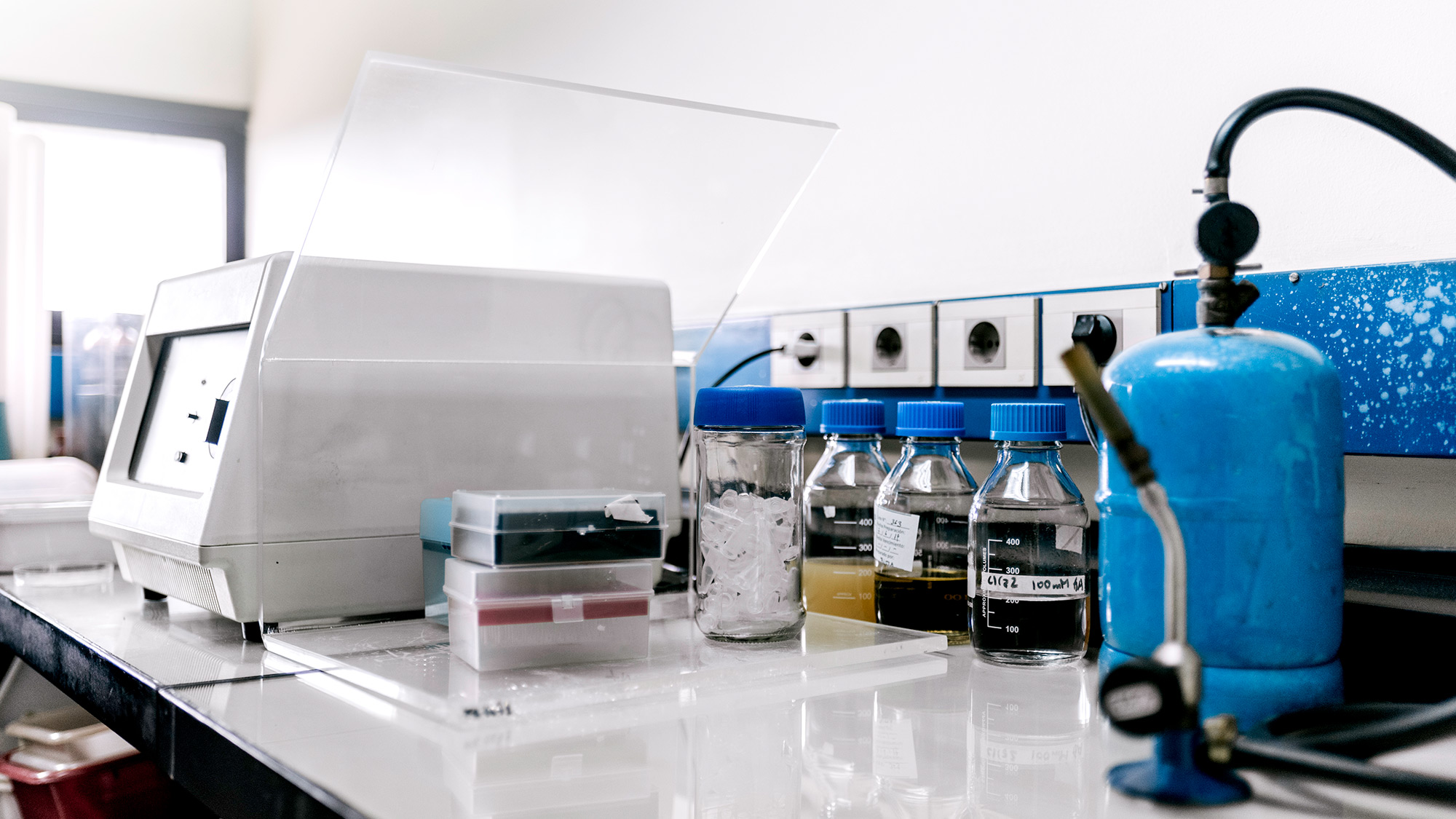Why C-14 Testing is Superior to Mass Balancing: A Critical Follow-Up

08 Nov 2024
Discover why Carbon-14 (C-14) testing outperforms traditional mass balancing in accurately measuring bio-based content in feedstocks and fuels.
In our previous blog post, we explored the importance of C-14 testing in accurately identifying and quantifying bio-based content in feedstocks and fuels. As a follow-up, we’ll dive deeper into why C-14 testing stands out compared to the traditional mass balancing approach. While mass balancing has been widely used in the industry, it has significant limitations, especially when compared to the precision and reliability of C-14 testing.
The Case for C-14 Testing Over Mass Balancing
-
Accuracy and Precision
Mass balancing estimates the bio-based content by accounting for inputs and outputs within a production process. This approach is inherently prone to inaccuracies due to potential errors in tracking materials, inefficiencies in the production process, or the complexities of supply chains. These factors can lead to significant discrepancies in the final estimation of bio-based content.On the other hand, C-14 testing offers a direct measurement of the bio-based carbon present in a sample. By directly measuring the Carbon-14 isotope, C-14 testing provides a precise and accurate assessment, ensuring that the bio-based content is correctly quantified without the guesswork involved in mass balancing.
-
Transparency and Traceability
One of the key challenges with mass balancing is its lack of transparency. In large-scale production processes, where materials are often mixed or processed in batches, tracing the exact bio-based content in the final product becomes difficult. This lack of traceability can lead to uncertainties, making it harder for companies to demonstrate compliance with regulatory standards or for consumers to trust the bio-based claims made by manufacturers.C-14 testing eliminates this issue by providing clear and direct evidence of the bio-based content in the sample. This method ensures that the bio-based percentage in the product is not only accurate but also verifiable, making it easier for companies to maintain transparency and build consumer confidence.
-
Regulatory and Market Acceptance
As regulatory frameworks and market expectations evolve, there is a growing demand for more rigorous and scientifically validated methods of verifying bio-based content. Mass balancing, while useful in some scenarios, may not always meet these stringent requirements, especially as the push for sustainability intensifies.C-14 testing is widely recognized and accepted by regulatory authorities across the globe. This method provides companies with a more robust tool to meet compliance requirements, ensuring that their products align with the latest regulations and standards. By adopting C-14 testing, companies can also gain a competitive edge in the market, positioning themselves as leaders in sustainability.
-
Direct Measurement vs. Estimation
The most fundamental difference between C-14 testing and mass balancing lies in the approach: C-14 testing offers a direct measurement, whereas mass balancing is based on estimation. Estimations, by nature, involve assumptions and are subject to errors that can compromise the accuracy of the results.Direct measurement through C-14 testing significantly reduces the risk of these errors. By measuring the bio-based carbon content directly, companies can be assured of the reliability of their data, leading to more informed decisions and better outcomes in both production and sustainability initiatives.
While mass balancing has been a useful tool in the industry, the growing need for precision, transparency, and regulatory compliance makes C-14 testing the superior choice for verifying bio-based content in feedstocks and fuels. By opting for C-14 testing, companies can achieve greater accuracy, build trust with consumers, and ensure that their products meet the highest standards of sustainability.
As the industry continues to evolve towards more sustainable practices, embracing C-14 testing will be essential for companies looking to lead the way in innovation and environmental responsibility.
